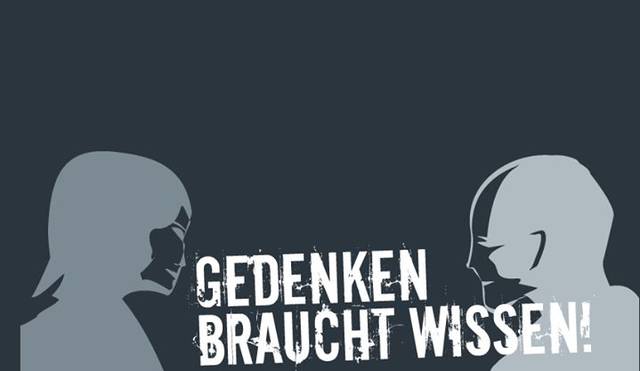

In July 1937, the SS has the forest cleared on the Ettersberg near Weimar and builds a new concentration camp in its place. The purpose of the camp was to combat political opponents, persecute Jews, Sinti and Roma, and permanently ostracize “strangers to the community” – among them homosexuals, homeless persons, Jehovah’s Witnesses and ex-convicts – from the “body of the German people”. It is not long before Buchenwald has become a synonym for the Nazi concentration camp system. After the war began, people were deported to Buchenwald from all over Europe. Altogether more than 250,000 persons were ultimately imprisoned in the concentration camp. The SS forced them to perform labour for the German armament industry. By the end of the war, Buchenwald was the largest concentration camp in the German Reich. More than 56,000 died there as the result of torture, medical experiments and consumption. Over 8,000 Soviet prisoners of war were shot to death in a killing facility erected especially for that purpose. Members of the resistance formed an underground organization in the camp in the effort to curb SS violence. The “Little Camp” nevertheless becomes the “hell of Buchenwald”. The enfeebled inmates continude to die by the thousands right up until the camp’s liberation. When the Americans reached Buchenwald and its subcamps in April 1945, the supreme commander of the Allied Forces, Dwight D. Eisenhower, wrote "Nothing has ever shocked me as much as that sight."
